In September, Philips Hue introduced improved E27 bulbs. Designed in the iconic Sultan shape, these bulbs not only offer direct Matter support, but can also reproduce the entire spectrum of daylight while consuming less power.
In addition, Philips Hue provided us with the following information in its official press release: “The lamp can now also be dimmed down to 0.2 percent of its maximum brightness.”
First impressions from practical use
I’m not the only one who interpreted this information to mean that the new bulbs can now “shine” even more dimly than before. However, in an initial direct comparison between two 1,100 bulbs from the previous and new generations, I couldn’t see any visible difference at minimum brightness.
Shortly afterwards, I stumbled across a reader comment: “The new E27 bulbs promise the same thing (a lower dimming level), and their lowest brightness is exactly the same as the old version. I don’t know if this is a software or hardware problem. But so far, this marketing promise does not seem to be true.”
What Philips Hue says about the 0.2 percent
So what’s the deal with the 0.2 percent? I asked Philips Hue and learned that nothing has changed in terms of the low dimming level compared to the previous version. Older Hue products with the “deep dimming” function can also be dimmed down to 0.2 percent.
Until now, this value has never been widely communicated. Now, the focus is on the 0.2 percent to highlight the difference to the more affordable Hue Essential series. These can only be dimmed to 2 percent.
Incidentally, the same applies to another supposed innovation in the new products: Chromasync. This technology ensures high color consistency and color accuracy, even when old and new lamps are combined. Philips Hue has been using this special hardware calibration for years, but it has been omitted from the new Hue Essential lamps for cost reasons.
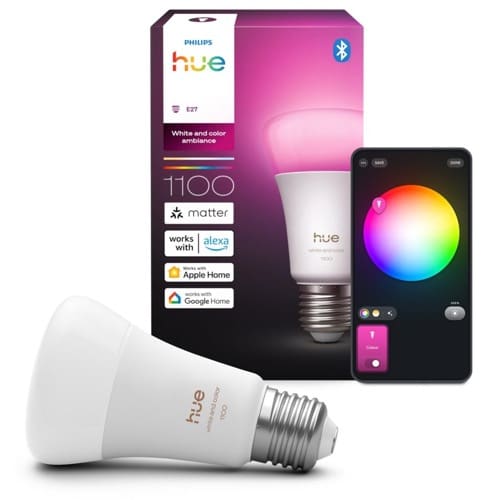
Hue smart bulb (2025)
from $17.99 up to $70.99


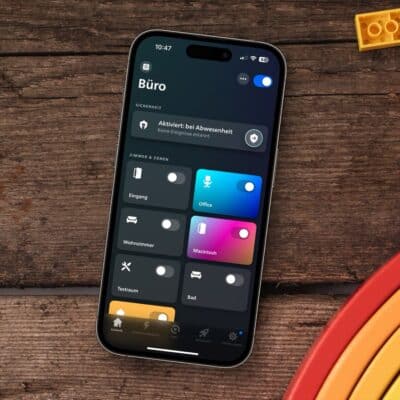


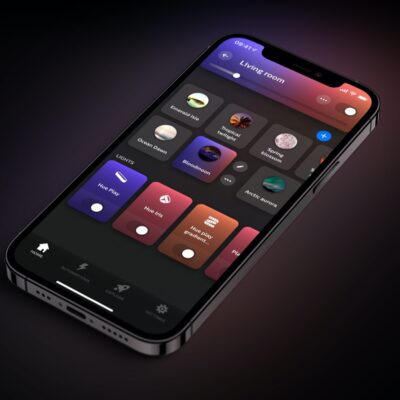
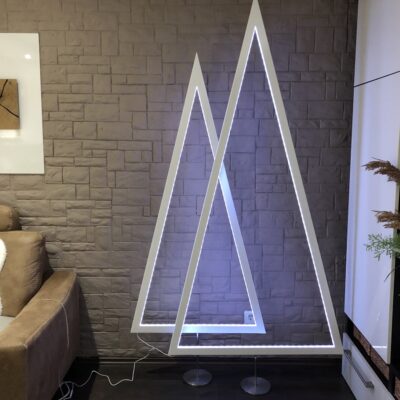
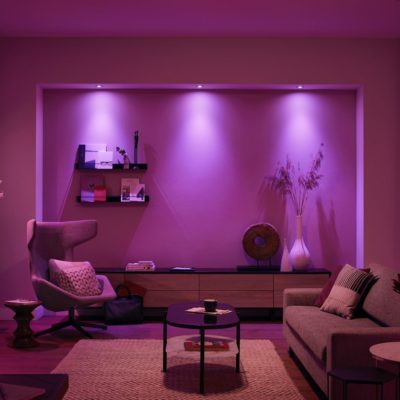
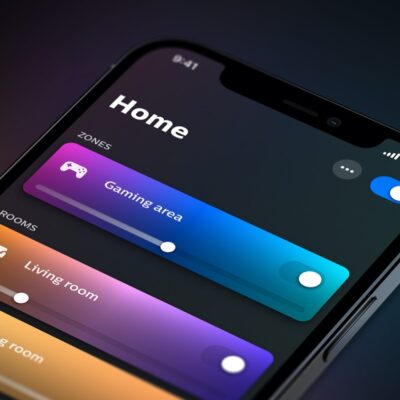
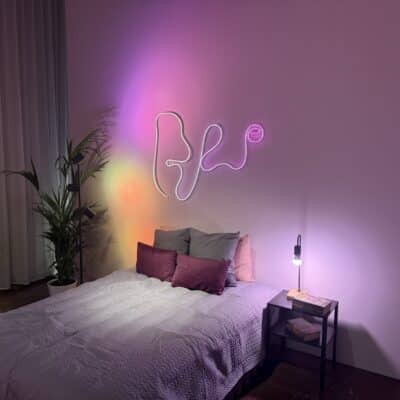



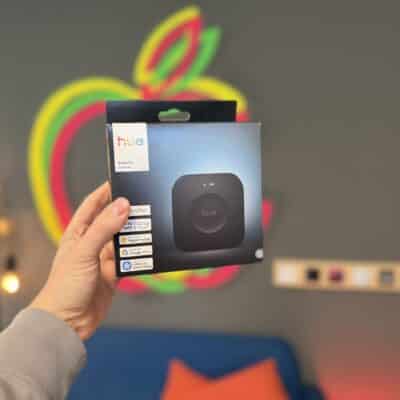

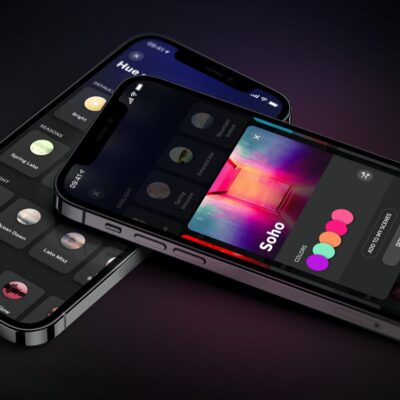

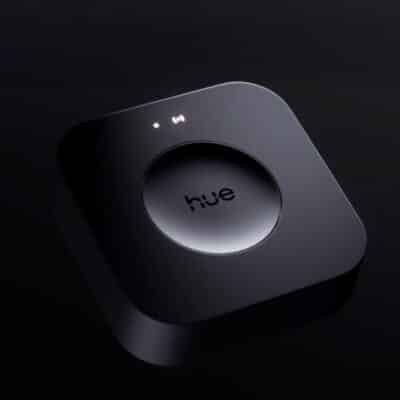







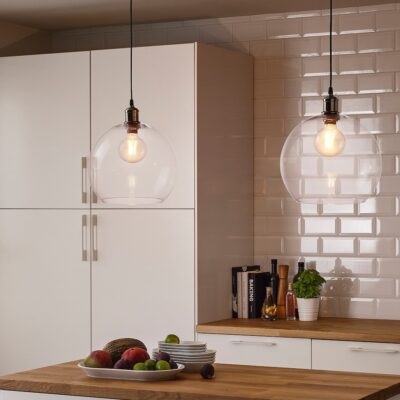
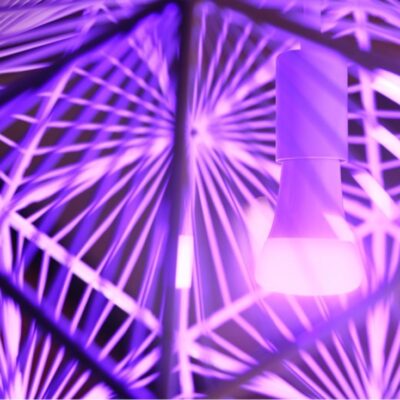

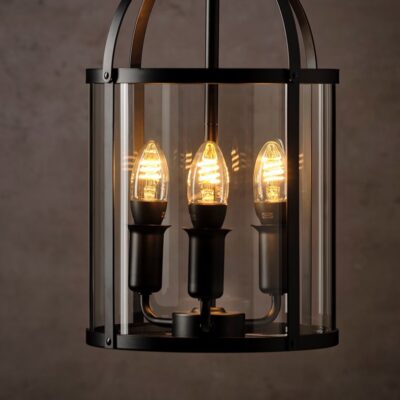
So the new bulbs have absolutely nothing new that anyone would notice? Just slightly lower power usage?
I’ve been comparing the new bulbs side by side and I don’t see any difference in dim levels or color. The only difference is the wider gamut for the white color temperature selector. However, the existing bulbs are capable of the same colors if you manually sync them up, which confirms this is just a software feature. So I do feel mislead and there is no reason existing bulbs couldn’t be updated with the new white temps. Absolutely no need to buy the new bulbs.
What a shame, Hue color intensity and vividness is absolutely rubish compared to other competitors, was hoping something would have changed….
Very interesting. I have noticed the same and asked, but received a different answer from both normal support and level 2 support than what’s written in this article. I was specifically comparing old and new color bulbs and found no perceivable difference. Sorry for the long post but these were the takeaways from my conversation with support.
They first answered
> While it is “technically” correct that the minimum brightness level changes between the 810, 1100, and 1600 bulbs, it should not be perceivable. The difference in lumens at 0.2% is not enough to distinguish one from another.
> The specific 0.2% minimum brightness capability is to highlight how incredibly dim our bulbs can get.
Since this wasn’t answering my original question I clarified:
> 1. Can the old LCA006 (9290024688, color 1100 lm) bulbs dim down to 0.2%?
> 2. Down to what percentage can the old LCA006 bulbs (9290024688, color 1100 lm) actually dim?
> 3. How does one dim the new LCA011 bulbs (9290038535H, color 1100 lm) to 0.2%? What does that look like in the app, given that it does not allow the user to select values below 1%? Could you provide a screenshot of that?
To which I received a less ambiguous response directly conflicting the claim in this article:
> 1. No, the old ones can’t.
> 2. Down to 1%.
> 3. Automatically through the app brightness slider.
> 4. The value is not selected manually. The brightness slider represents the max (100%) and minimum (1%), regardless of whether using a new or old generation of bulbs. The 0.2% is not reflected in the App or can be selected manually.
I again asked for more clarification as this did not seem correct:
> To recap the last one: the old bulbs go down to 1%, the new bulbs should successfully go down to 0.2% despite the app showing 1%. So when I have an old bulb and a new bulb of the same lm rating side-by-side and both set to minimum/1% in the app, the new bulb should be dimmer than the old bulb?
I promptly received:
> When using a night light scene, those little changes do make a difference, even if they are not easily perceived.
> With the Essentials line, the bulbs won’t dim lower.
Obviously I did not really agree with this given the marketing materials:
> What if they are not perceived at all? Would that imply that the marketing is essentially false? I have tried several colours, as well as the night light scene you mentioned and can’t tell the old and new bulbs apart without looking at the text written on them.
This finally got me an answer explicitly stating it was from L2 support:
>This is the Level 2 team speaking.💡
>Thank you for your message and for taking the time to test out the new Hue bulbs so thoroughly. We truly appreciate your detailed feedback.
>I completely understand your perspective. While the new generation of bulbs can technically dim lower down to 0.2% compared to the previous 1%, the difference in perceived brightness at such low levels is indeed subtle not easy to perceive. For example, on a 1600 lumen bulb, 1% is 16 lumens and 0.2% is just over 3 lumens, which is a very small difference in practice, especially in a dark room or when using warmer colors.
>That said, the technical improvement is real and aligns with the product specifications. The bulbs are performing as advertised, but we understand that the practical benefit may not be as noticeable in everyday use, depending on the environment and sensitivity to light.
>We always strive to improve our products with each generation, and while some changes like this one are more about incremental refinements than dramatic shifts, your expectations are absolutely valid, and it’s helpful to hear where things may not feel as impactful as hoped.
So, yeah, this seems like a lot of marketing BS, and they can’t even seem to get their story straight. In the meantime I had ordered equivalent versions of an old A60 bulb, a new A60 bulb and an Essential bulb for some side-by-side comparisons but I’m unsure if that’s necessary anymore given the last answer I received from them.
> 4. The value is not selected manually. The brightness slider represents the max (100%) and minimum (1%), regardless of whether using a new or old generation of bulbs. The 0.2% is not reflected in the App or can be selected manually.
I don’t really see how their marketing material is accurate in this case. If you can’t select brightness below 1%, it effectively cannot be dimmed below 1%. As others said, these new bulbs don’t add anything besides thread support.
I just received the new e27 1600 lumen, ultra-low dimming, matter compatible, with chromasync. I don’t notice any difference in terms of dimming or shining or colours. The bulb was more expensive. This is very frustrating. I’m hoping my scenario of sunrise wake up will start at 0.2%. By the way, 1 lumen is the light of 1 candle. So we definitely can spot the difference between 16 candles light and 3 candles. What the technician is answering makes no sense.
I think people are confusing a bit of things here. I work with a lot of lighting and lighting control systems for work. You have what your light driver can do for dimming: 10%, 1%, 0.2%, 0.1% etc. Then what your control system uses as a scale which is always 100%-1% before power cuff off of 0%. So if a bulb can do 0.2% this is scaled to the control 100%-1%. In my work we have situations where a maybe a phase dimming light can only do 10% dimming, but the same light driver on 0-10V can dim 1%, and then something like a Ketra bulb that can do .1%. When all three light drivers are dimmed together to 1% on the same control system, they’re physically at 10%, 1% and .1% respectively. I will have to say there is a huge difference between 10% and 1% dimming capabilities, but once you get to 1% and lower you can barely notice the difference, unless you have 10+ lights doing it in a small-ish room. If you put a single 1600 bulb 1% dimmed next to a .2%, it’s going to be hard to notice unless you scale exponentially to increase the over all lumen output of the space.
Wanted to add here if indeed there is an issue, it’s possible that Hue hasn’t property programmed for the new bulbs. Since there is no official spec, my gut feeling is we can assume the older bulbs can dim to1% of their total output, which is about the average for LED bulbs. So when you program for that it on the control side, it would simply apply 100%-1% to the dimming of the bulb (1:1) with 0% being power cut off to the diode. Now if the app software, or the chip instruction set on the new bulb doesn’t rescale, we might have a situation where 1% dim on the app is not equaling the .2% it can do. That is simply fixed with a software update to make the 100%-1% scale on the app equal to 100%-.2% proportionally on the new bulbs.
So I was asking Hue support again regarding this question. They told me a week ago they would get back to me but didn’t.
This time the „confirmed“ that the new lights can indeed dim lower then the old ones. The old ones could dim to 1% and the new ones to 0,2%. (Without it being visible in the app). I referenced this blog article and asked why they are now giving a different answer but they basically refused to answer again.
I got screenshots from the conversation.
But at least now we got an „official“ confirmation that the new bulbs are supposed to be able to do something they most certainly aren’t which smells really badly like false advertising to me.
Thanks for your comment.
Unfortunately, the support team does not always provide reliable answers, and this time they are incorrect.
Not only did I have my information verified by the Philips Hue PR team, but I also saw it with my own eyes.
Philips Hue never specified a specific percentage for previous generations either.
So more expensive blub has more useless words they can add to advertising… Good to know…
When comparing the dimming level between two light sources, make sure that each one is in its own room, or zone, and being the only one in the room / zone (and maybe even better, being connected to different Hue bridges?), just to rule out that any intensity and / or color leveling is performed behind the scenes, e.g. to adapt to the least capable light source.
Didn’t I read about something like that somewhere in the past? 🤔💭
… e.g. Chromasync™ !?